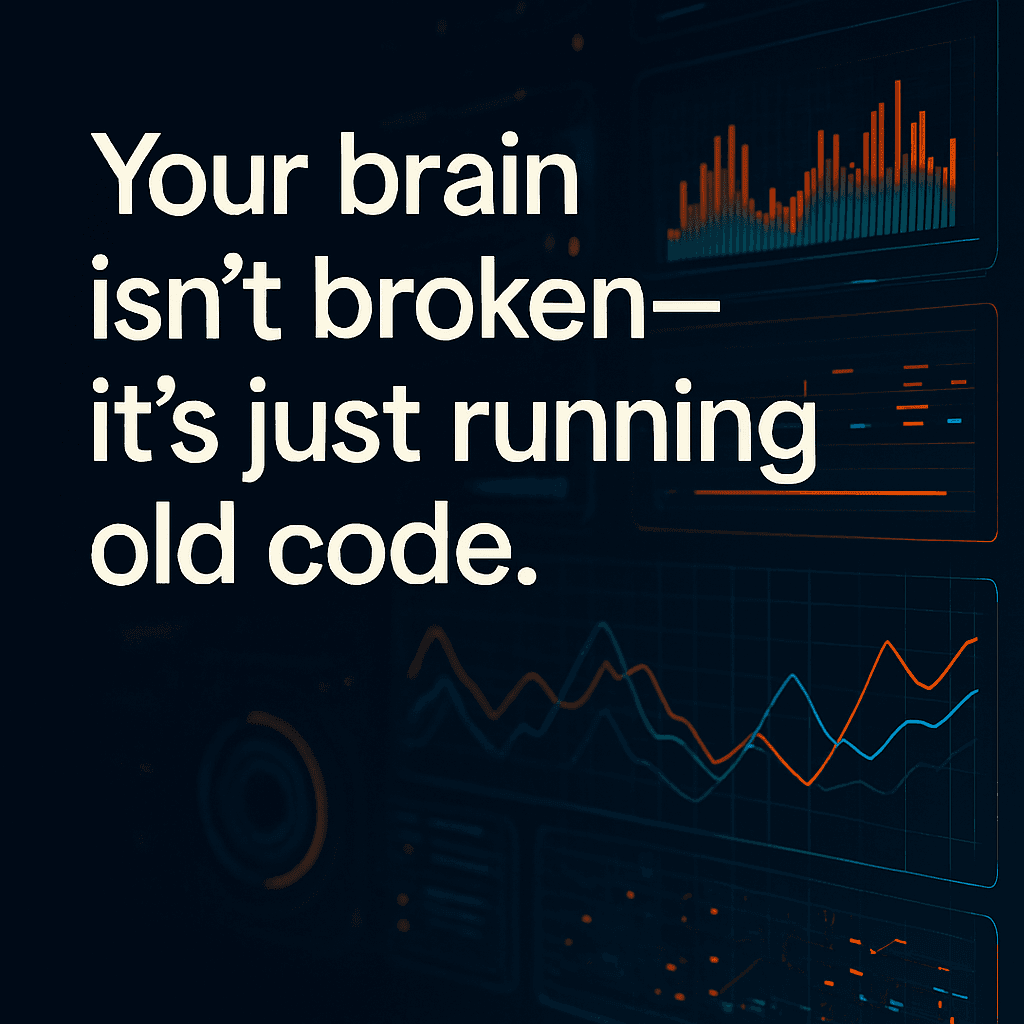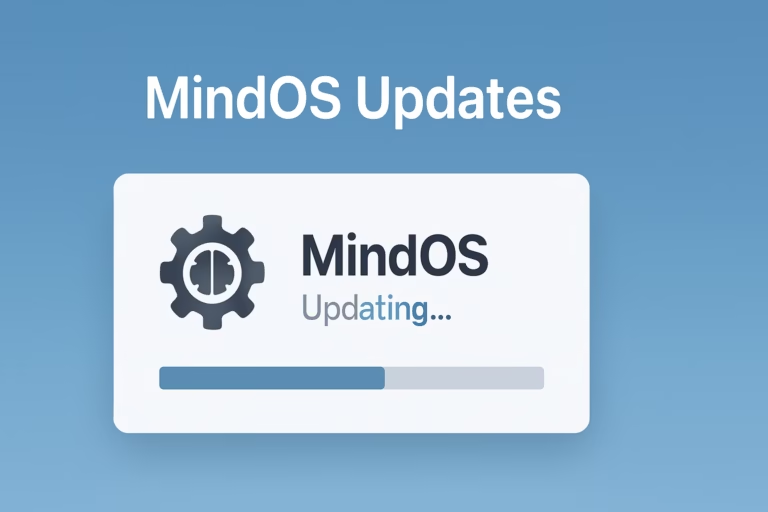Mind OS Updates: Are You Still Running Outdated Thoughtware?
Introduction: Mental Systems Are Real Your brain isn’t just a blob of gray matter firing electricity. It’s a system. A framework. A…
Introduction: Mental Systems Are Real
Your brain isn’t just a blob of gray matter firing electricity. It’s a system. A framework. A layered operating structure that determines what you see, how you interpret it, and what you think you’re capable of doing in response. It’s your Mind OS.
And just like any operating system, it comes pre-installed with defaults: inherited scripts from childhood, cultural overlays, fear-based safety protocols, and outdated reward systems that no longer serve your purpose.
The problem? Most people never update it.
If you’ve been feeling stuck, foggy, blocked, or unresponsive to the upgrades you know you need—chances are your mental OS is overdue for a patch.
Let’s debug it.
1. The Mental BIOS: What Boots Before Thought
Before you even think, your system initializes. It runs boot scripts—your core beliefs about reality, safety, value, and identity.
These are invisible to you most of the time, but they color everything:
- If your BIOS says “People can’t be trusted,” all data is filtered through suspicion.
- If it says “I’m only valuable when productive,” then rest will always feel like system error.
You can’t think your way around a belief that fires before your conscious thought kicks in. You have to find it. Surface it. Recode it.
Try this: Write down 3 default thoughts you have about yourself. Ask, “Where did this script come from?”
2. Auto-run Scripts: The Loops You Didn’t Choose
Your Mind OS loves efficiency. If a behavior worked once—socially, emotionally, or for survival—it often gets set to auto-run.
Some examples:
- Always saying “yes” to avoid conflict
- Shrinking your voice when someone disagrees
- Abandoning new ideas before sharing them
These aren’t personality traits. They’re scripts.
They loop in the background, eating RAM and crashing your self-confidence. And like background apps you forgot were open, they slow down your interface.
Fix: Open Task Manager (aka journaling). List your most common reactive behaviors. Ask, “What outdated reward was this tied to?”
3. Firewall Fatigue: The Overprotection Bug
Your brain wants to protect you. But an overactive firewall blocks everything—even the good stuff.
Some signs:
- You feel numb after receiving a compliment
- You second-guess every opportunity
- You auto-dismiss ideas before exploring them
This is a sign that your safety protocols are tuned too high. They were likely installed when you were younger, more vulnerable, and in environments that didn’t allow you to flourish.
Patch: Gradual exposure. Lower the security settings by trying something new without perfecting it. Let one piece of feedback in. Try one conversation where you share instead of shrink.
Your system learns through signal.
4. Thoughtware Updates: Tiny Scripts That Shift Everything
You don’t need a full factory reset. You need patches—small scripts that intercept outdated functions.
Examples:
- When “I can’t do this” fires, respond with: “Installing courage protocol.”
- When “What will they think?” pops up, run: “Command: Permission = internal.”
These aren’t affirmations. They’re interruptions—disruptive commands that tell your OS a new version is loading.
Consistency matters. If the old code ran 10,000 times, your new one needs more than 3 tries.
5. The Upgrade Process: Rest, Repetition, and Ritual
Here’s the glitch in the system: most people try to upgrade through stress.
They push harder, hustle more, criticize the old version. But you can’t evolve under duress. Growth requires space.
System Requirements for an Upgrade:
- Rest: Downtime isn’t optional. Your brain consolidates new inputs while you’re offline.
- Repetition: One new script isn’t enough. Run it until it becomes a core file.
- Ritual: Anchor the shift with action. Music, candles, writing, walking—your body needs ritual to install.
6. System Recovery Mode: What to Do When You Crash
Sometimes the upgrade fails. Your thoughts glitch. You feel emotionally scrambled. Or worse—you blank out completely. This is Recovery Mode—a built-in function of your nervous system when it’s overloaded.
Crashing is not failure. It’s feedback.
When you hit Recovery Mode:
- Stop everything that requires output. No problem-solving. No self-analysis. Just pause.
- Go to basics: water, breath, silence, physical movement.
- Remind yourself: “This is a temporary reboot. Nothing is broken.”
After the crash, your system is highly responsive to new instructions. This is when reinstallation of better thoughtware is most powerful.
Use the reboot window wisely. Don’t return to the old interface.
Conclusion: Reboot Intentionally
You’re not broken. You’re running legacy code.
Updating your Mind OS doesn’t require perfection. Just curiosity, attention, and the willingness to notice when your system is stuck in Safe Mode.
So run the scan.
Install the patch.
Reboot.
Your next version is already in the queue.
Need a custom upgrade script?
Subscribe to CTRL+ALT+CAST for walkthroughs, system prompts, and soft-core brain rewiring






